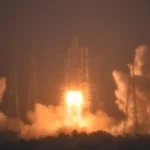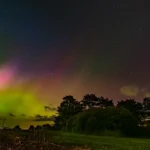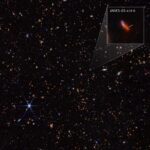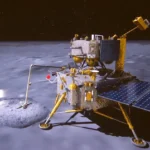A celestial spectacle is set to unfold this summer, captivating sky watchers worldwide: NASA anticipates an extraordinary event—an interstellar explosion known as a nova—will be visible without telescopes, according to a recent announcement.
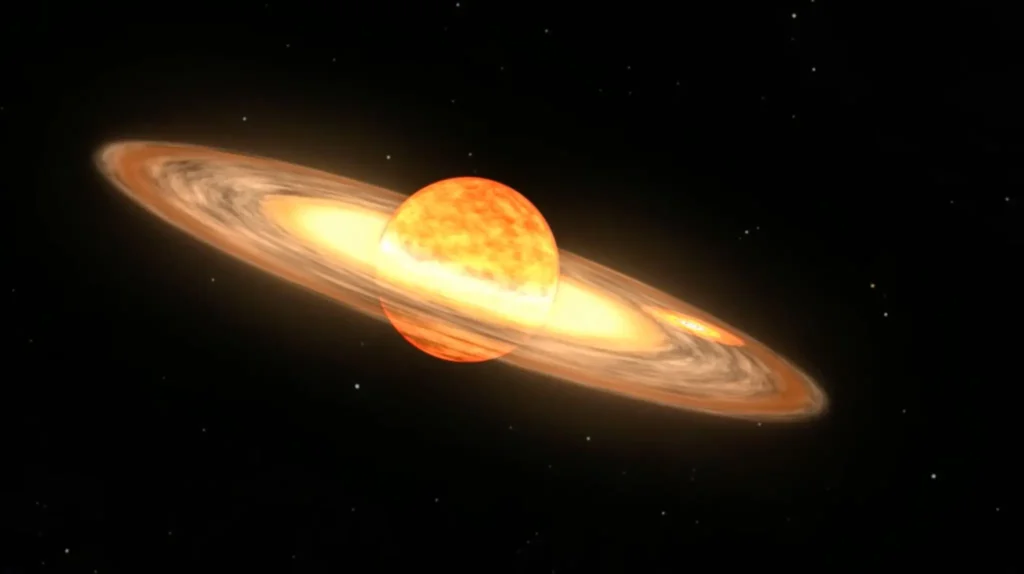
“This is an incredibly exciting opportunity,” remarked Dr. Rebekah Hounsell, an assistant research scientist at NASA’s Goddard Space Flight Center in Greenbelt, Maryland.
Known as T Coronae Borealis or the “Blaze Star,” this event originates approximately 3,000 light years away and involves a white dwarf, a dense remnant of a deceased star roughly the size of Earth. Despite its small size, the mass of the Blaze Star resembles that of our own Sun.
“This is a rare event that will surely ignite a newfound interest in astronomy among many observers, offering them a chance to witness and explore cosmic phenomena firsthand,” Dr. Hounsell added.
Additionally, NASA described another component in the celestial tableau: an ancient red giant star gradually losing its hydrogen to a nearby gravitational force.
When sufficient hydrogen accumulates on the white dwarf’s surface from the red giant, it triggers a powerful thermonuclear explosion, ejecting material into space in a brilliant burst of light. Unlike a supernova, which typically obliterates dying stars, a nova allows the star to persist and repeat its outburst, a cycle that can span hundreds of thousands of years.
The Blaze Star, for instance, exhibits this phenomenon approximately every 80 years, making it a remarkable and relatively close event for astronomers.
“The proximity of this event to Earth is particularly notable. While recurrent novae with shorter cycles exist, it’s rare to witness such repeated outbursts within a human lifespan, especially in our cosmic neighborhood,” noted Hounsell.
Though the precise date of this stellar display remains unknown, astronomers anticipate its visibility sometime this month. NASA estimates the event will be observable to the naked eye for approximately a week.
For amateur astronomers eager to catch a glimpse of this fleeting cosmic show, NASA suggests several tips to optimize viewing conditions.




